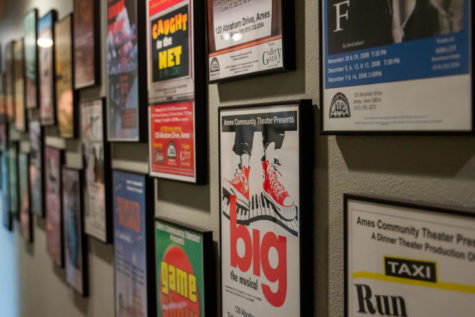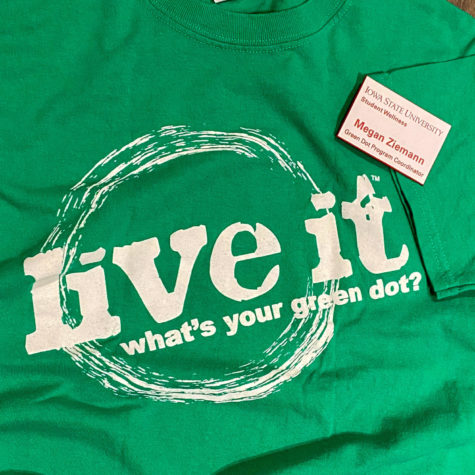Controlling portion sizes helps maintain health
March 4, 2012
The key in maintaining a healthy nutrient intake is not completely giving up your love affair with all things chocolate and gooey, but rather enjoying them mindfully and in moderation.
Often students who are looking to increase their nutrition find minor hang-ups in eliminating certain “bad” foods while overindulging in other seemingly healthy foods.
Sally Barclay, food science and human nutrition clinician, offers advice on how to avoid eating mindlessly.
“Don’t eat from bags or cartons or large packages. Check the serving size on [the] package and put that amount into a bowl or on a plate and put [the] package away and out of sight,” Barclay said. “Students should also consider purchasing some foods in individual serving sizes.”
Enjoying a meal at your favorite restaurant doesn’t have to mean forgoing the need for a belt the next day.
“At a restaurant, ask for a take-home container right when food is served and then immediately put extra food into it,” Barclay said.
If you have the luxury of an in-house kitchen, Barclay recommends serving food in the kitchen.
“When serving food in a kitchen, do not bring entire amounts to [the] table where extras portions can be easily taken. It may be helpful to put extra food into [the] refrigerator or freezer in single-serving portions,” Barclay said. “Students should measure food using measuring cups until they learn the size of their bowls, plates and cups.”
When eating in one of the dining centers on campus, pay attention to what you are putting on your plate.
“Glass and plate sizes have an effect on how much food students take. That’s a major reason why ISU Dining eliminated trays in the dining centers recently,” said Cameron Aisenbrey, communications specialist for ISU Dining. “Currently, plates are available at each station and students can feel confident that filling one plate with a healthy salad option and a second plate with an entree, a vegetable, a fruit and a dessert is a healthy choice for their meal.”
Aisenbrey said NetNutrition, which is located on ISU Dining’s website, is a tool students can use to help them be mindful of their nutrient intake.
“Students can go to NetNutrition before they go to eat and see all of the nutritional information, build their meal for the day and then go to the dining center feeling confident in what they will be eating,” Aisenbrey said. “NetNutrition can also be accessed through your cellphone when students visit our mobile website.”
While planning out your meals is a great idea, chances are you probably are not going to be carrying around your measuring cup. Aisenbrey and Barclay offer measuring “cheats” in order to beat the game of overindulgence.
| Food | Serving size equivalent |
| 1/2 bagel | Hockey puck |
|
Pancake |
CD |
| Apple, pear and orange | Baseball |
| Cup of vegetables | Baseball |
| 1/2 cup of mashed potatoes | Light bulb |
| Baked potato | Computer mouse |
| Rice or pasta | Cupcake wrapper |
| Cheese | Pair of dice |
| 3 oz. of meat | Deck of cards |
| 1 oz. of lunch meat | DVD |
| Dessert bars | 1/2 credit card |
| Snacks (pretzels and chips) | Cupped handful |
















